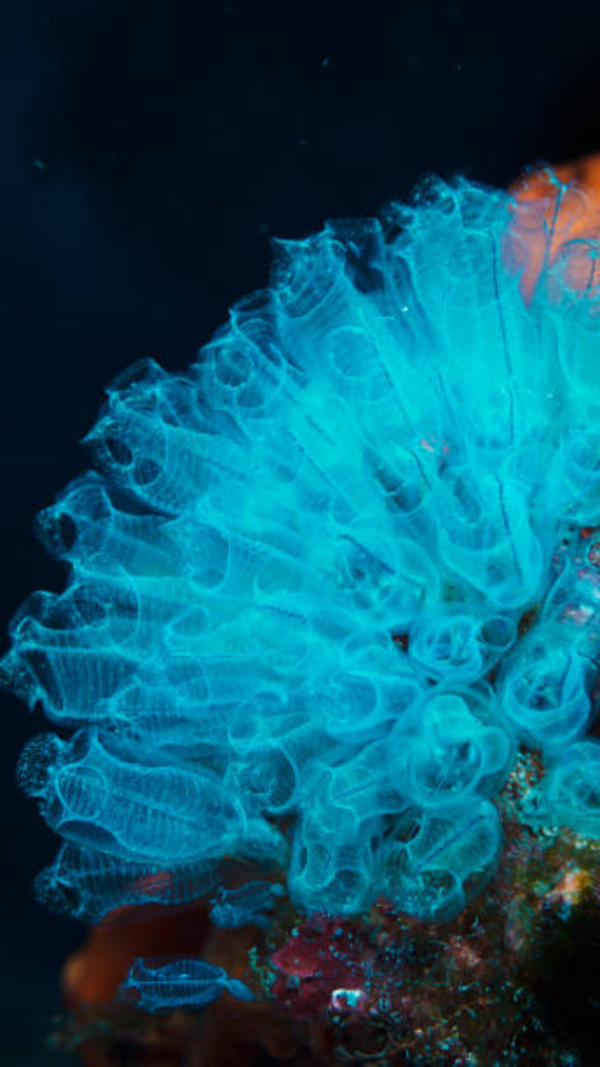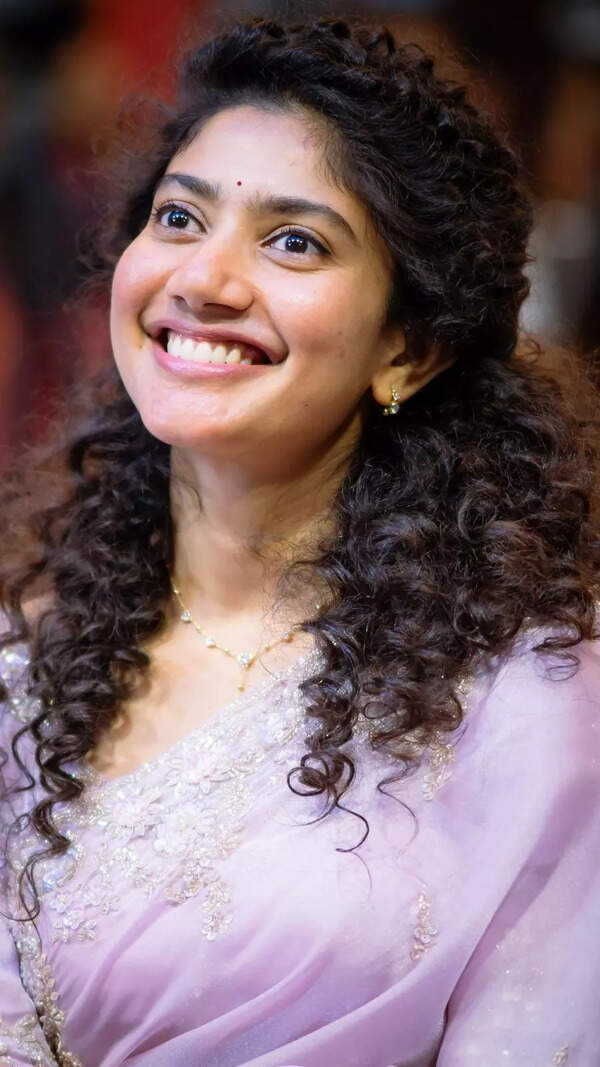- News
- lifestyle
- travel
- destinations
- Gujarat Day 2025: Must-see heritage attractions in Gujarat
Gujarat Day 2025: Must-see heritage attractions in Gujarat

Gujarat Day 2025: Must-see heritage attractions in Gujarat
Gujarat Day is celebrated every year on May 1. The day marks the formation of the state in 1960 and honours the rich cultural beauty, which combines traditions with modern achievements. Gujarat has always been attracting history and nature lovers for its ancient architectural wonders and unique national parks which today stand as a beacon of India's diverse heritage.
As the state celebrates another year of its cultural journey, we explore five iconic attractions that reflect the essence of Gujarat’s legacy. Check them out:

Statue of Unity
Statue of Unity is dedicated to India’s ‘Iron Man’, Sardar Vallabhbhai Patel. Standing tall 597 ft, the Statue of Unity in Kevadia, is the world's tallest statue dedicated to India's first Deputy Prime Minister. The statue overlooks the Narmada River and the Sardar Sarovar Dam and is one of the must-visit attractions in the region.

Raj Sabhagruh
Located in the Shrimad Rajchandra Ashram, the Raj Sabhagruh is a contemporary architectural masterpiece. Inspired by Jain mythology, the structure symbolizes the spiritual journey towards enlightenment. The building features a 5,000-seat auditorium and a 300-person meditation hall, with over 1,000 integrated pin lights illuminating its interiors. Crafted from 800,000 hand-chiseled bricks, it merges traditional design with modern aesthetics.

Dwarkadhish Temple
Situated in Dwarka, one of the Char Dham pilgrimage sites, the Dwarkadhish Temple is dedicated to Lord Krishna. The current structure, built between the 15th and 16th centuries, is supported by 72 pillars and is a significant example of Māru-Gurjara architecture. The temple attracts thousands of devotees annually, reflecting Gujarat's deep-rooted spiritual traditions.

Champaner-Pavagadh Archaeological Park
Another UNESCO World Heritage Site near Vadodara offers a glimpse into Gujarat's diverse history. The park encompasses a hill fortress, temples, mosques, and tombs, showcasing the transition from Hindu to Islamic architecture. Notable structures include the Jama Mosque, known for its unique blend of Hindu and Islamic architectural styles.

Rani ki Vav, Patan
Located in Patan, Rani ki Vav is a UNESCO World Heritage Site. The historic stepwell is noted for its beautiful architecture. The stepwell was built in the 11th century by Queen Udayamati and has seven levels which are decorated with more than 500 principal sculptures. The carvings depict Hindu deities, celestial beings, and scenes from daily life, reflecting the artistic prowess of the era.








